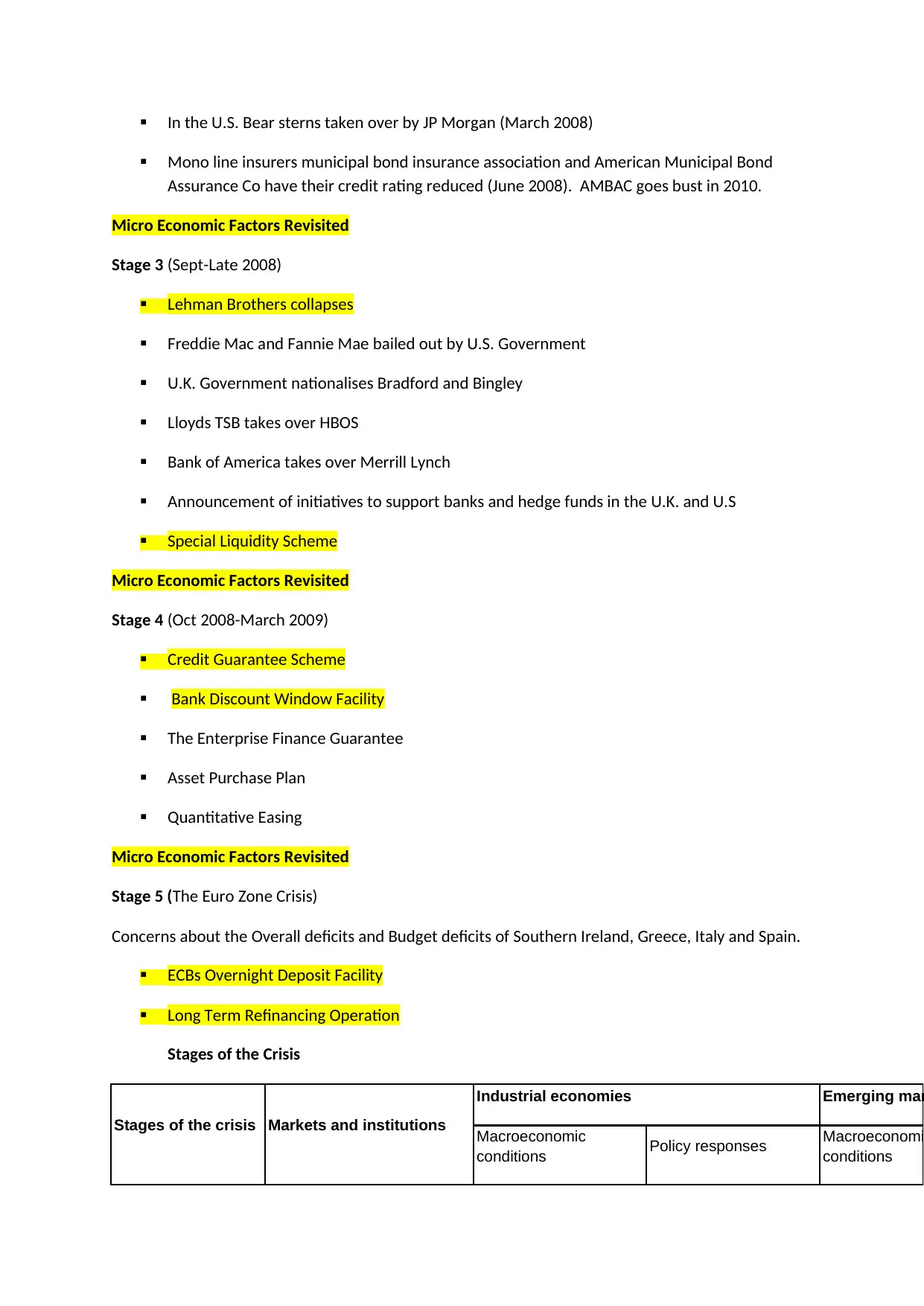Factors and Impacts: The Global Banking Crisis 2007-2009
VerifiedAdded on 2023/04/21
|4
|724
|62
Report
AI Summary
This report provides an in-depth analysis of the global banking crisis of 2007-09, examining both the micro and macro economic factors that contributed to its occurrence. The report delves into the causes, including excessive lending in the U.S. subprime housing market, securitization of subprime loans, and the role of rating agencies, among other factors. It explores the different stages of the crisis, from its initiation to the subsequent banking crisis and debt deflation, with a focus on the impacts on various economies. The report also considers the UK's governmental responses, including monetary and fiscal policies, as well as stabilization measures. Moreover, the report assesses the financial regulation reforms implemented in the UK to prevent a recurrence of such a crisis, and includes an evaluation of the measures introduced by the Bank of England to mitigate the impact of the crisis on the UK economy. The analysis incorporates key readings and references to provide a comprehensive understanding of the crisis.
1 out of 4





![[object Object]](/_next/static/media/star-bottom.7253800d.svg)